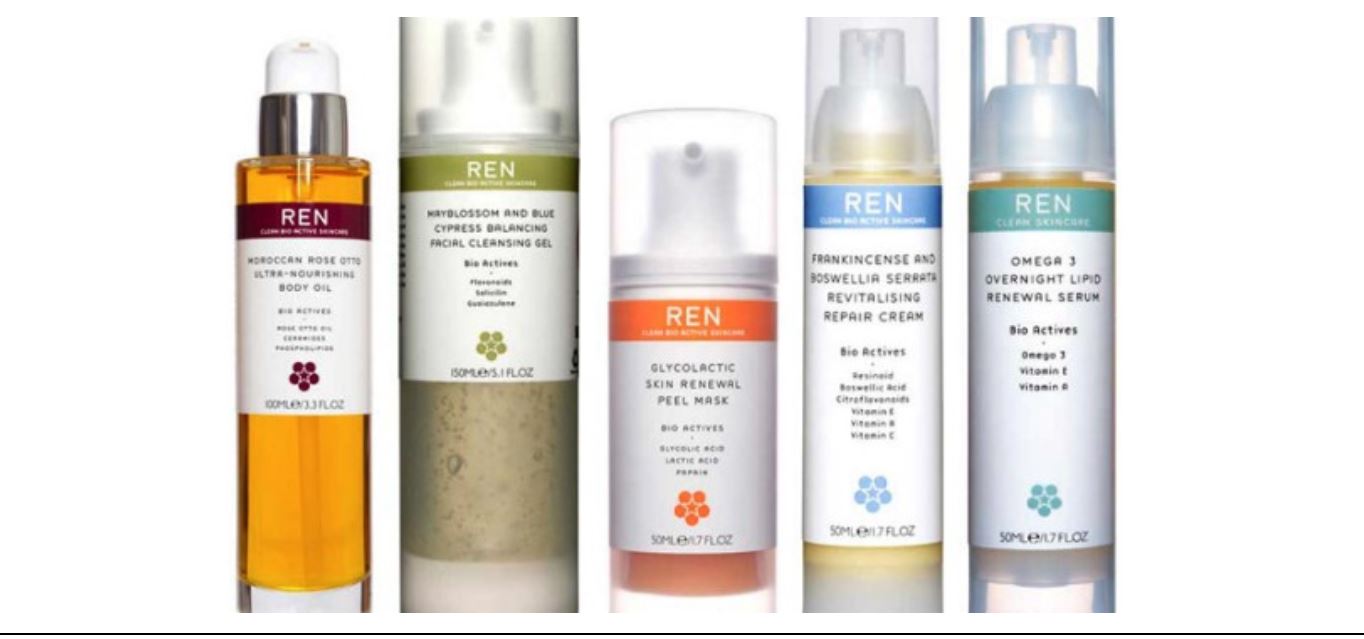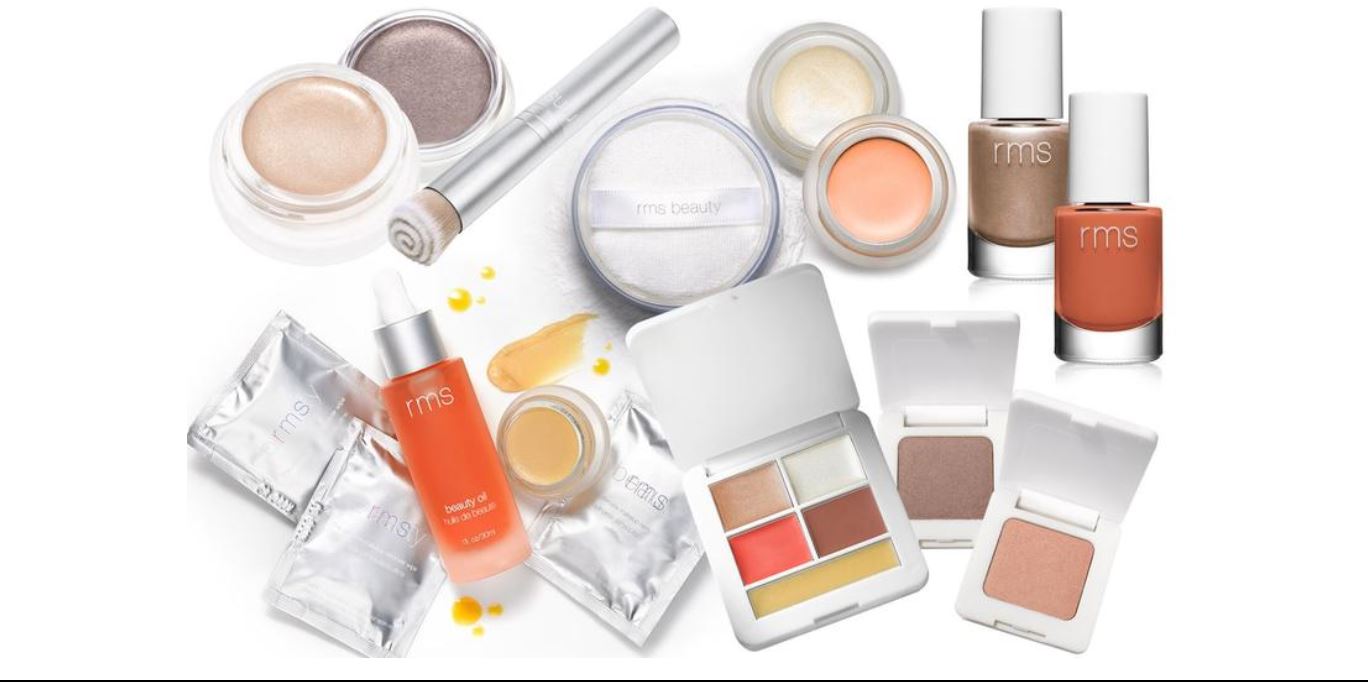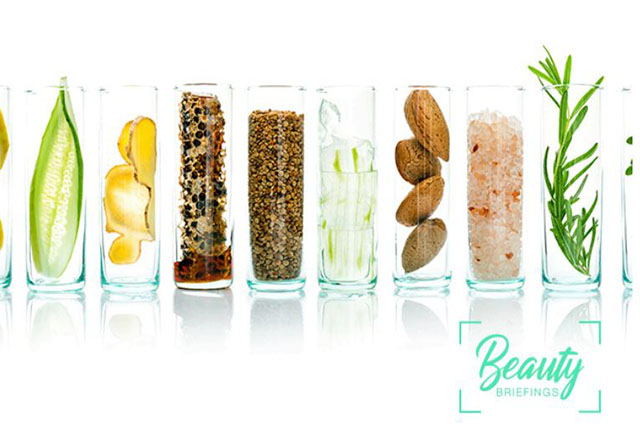
Web Developers
This is the first report in our Beauty Briefings series. Each report in the series will offer a concise review of a prominent or emerging theme or trend in global beauty markets. In this report, we examine the clean beauty market.
Consumers also appear to be increasingly educated about their food choices. The Label Insight survey found that 45% of respondents’ food purchases are influenced by labels that describe products as organic, while 43% are influenced by those labeled natural, 38% by those labeled free of artificial colors and 37% by those labeled free of artificial flavors.
As consumers become more educated about ingredients overall, they are starting to think about how ingredients impact their bodies, including their skin, the body’s largest organ. Many are focusing not only on what they put on their skin, but also on how what they eat affects their skin. This has resulted in a “less is more” approach to beauty for many, and consumers are taking a more critical look at the ingredients in skincare, cosmetics and haircare products to gauge both their potential benefits and their unwanted side effects. As shown in the graph below, consumers globally are seeking beauty products with “free from” claims, but there is a more significant gap in developing markets, where demand for such products is not being met as fully. Those markets present a lucrative opportunity for brands and retailers offering products that are free of unwanted ingredients.
The removal of parabens from products has been a hot topic in the clean beauty world. Parabens were introduced into beauty products as a preservative in the 1950s, and many are questioning their effects on human health. Today, more than half of sales in some beauty categories come from paraben-free products, according to Nielsen’s The Future of Beauty report. This presents an opportunity for brands and retailers: the category continues to grow as consumers become more educated globally and distribution channels widen.
One company that is synonymous with clean beauty is Credo Beauty. The company operates eight physical stores in the US and an online marketplace, where a “Clean Beauty Expert” is available to chat with customers as they shop the website. The site defines “The Credo Clean Standard” for shoppers and identifies “Ingredients We Never Allow (Our Dirty List).” Credo Beauty states that its products are authentic, cruelty-free and not tested on animals.
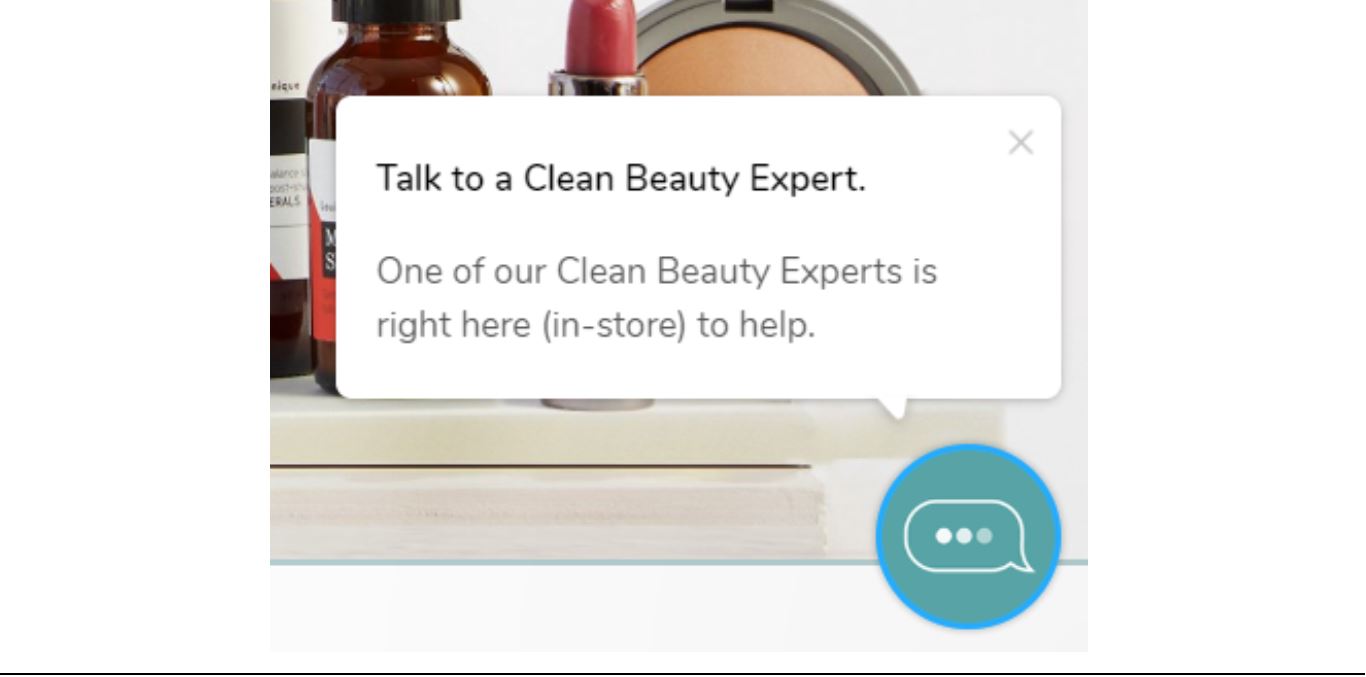

What is clean beauty?
Clean beauty refers to a category of beauty products that are nontoxic, not harmful and free of synthetic ingredients.What’s significant about these products is the ingredients that they don’t contain:in general, they are free of parabens, sulfates, silicones, phthalates and synthetic fragrances. Some clean beauty brands and companies refer to these ingredients as a “dirty list” or “suspicious ingredients.” According to Nielsen’s February 2018 The Future of Beauty report, 53% of consumers of fast-moving consumer goods said that the absence of undesirable ingredients in products is more important than the inclusion of beneficial ones. Clean beauty products meet these consumer standards. They are free of substances such as parabens—preservatives introduced in the 1950s that help extend shelf life and prevent the growth of mold and bacteria, but which may disrupt hormones and cause reproductive issues—and phthalates, which are industrial chemicals that may cause damage to the liver, lungs and reproductive system. There are no universal standards for beauty products because there is no single governing body for the cosmetics industry. However, in the US, the Food and Drug Administration does require that cosmetics be safely and properly labeled. Makers of cosmetics, body care products and personal care products may seek to have their products certified as organic through the US Department of Agriculture (USDA) if the products contain or are made entirely of agricultural ingredients and can meet the USDA/National Organic Program standards for organic production, handling, processing and labeling. Because there are no standard definitions that cover the entire beauty category, “clean,” “organic,” “plant-based” and “green” are terms that are frequently used synonymously in the industry to indicate to consumers that products are natural and healthy.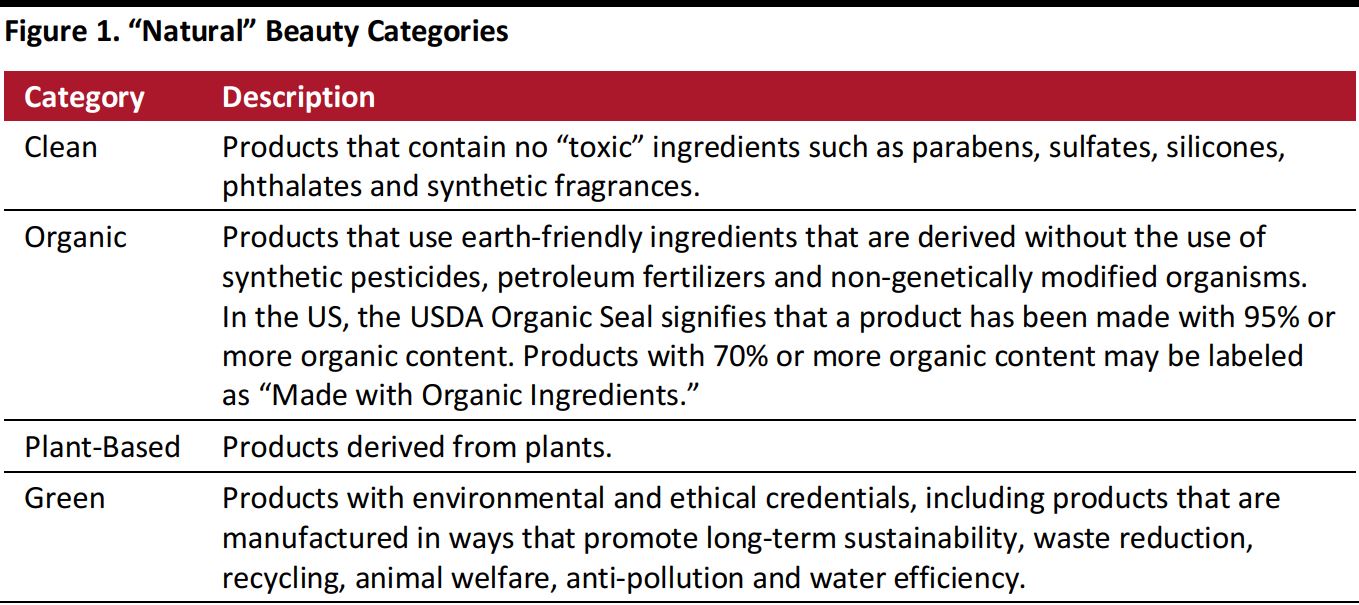 Sources include company and Industry websites: credo.com; Euromonitor International, FDA.com; goop.com;
odylique.co; soapnskin.com; USDA.com
Sources include company and Industry websites: credo.com; Euromonitor International, FDA.com; goop.com;
odylique.co; soapnskin.com; USDA.com
Why is clean beauty so popular now?
The clean beauty trend is part of the larger trend toward clean living. More and more consumers in the US and elsewhere are living clean lifestyles and recognizing that how they look on the outside reflects how they feel on the inside. Consumers interested in clean living are taking a holistic view of beauty and wellness that encompasses mind, body, sleep, fitness and nutrition. In terms of clean eating, consumers are increasingly mindful of ingredients when shopping for food, and they are seeking out more natural food choices. According to a 2017 shopper trends survey conducted by Label Insight, 98% of consumers in the US believe it is important for them to consider the ingredients in the food products they buy, and 75% avoid specific ingredients when shopping for food. The table below highlights some of the specific ingredients that customers avoid when shopping for food products, according to the survey.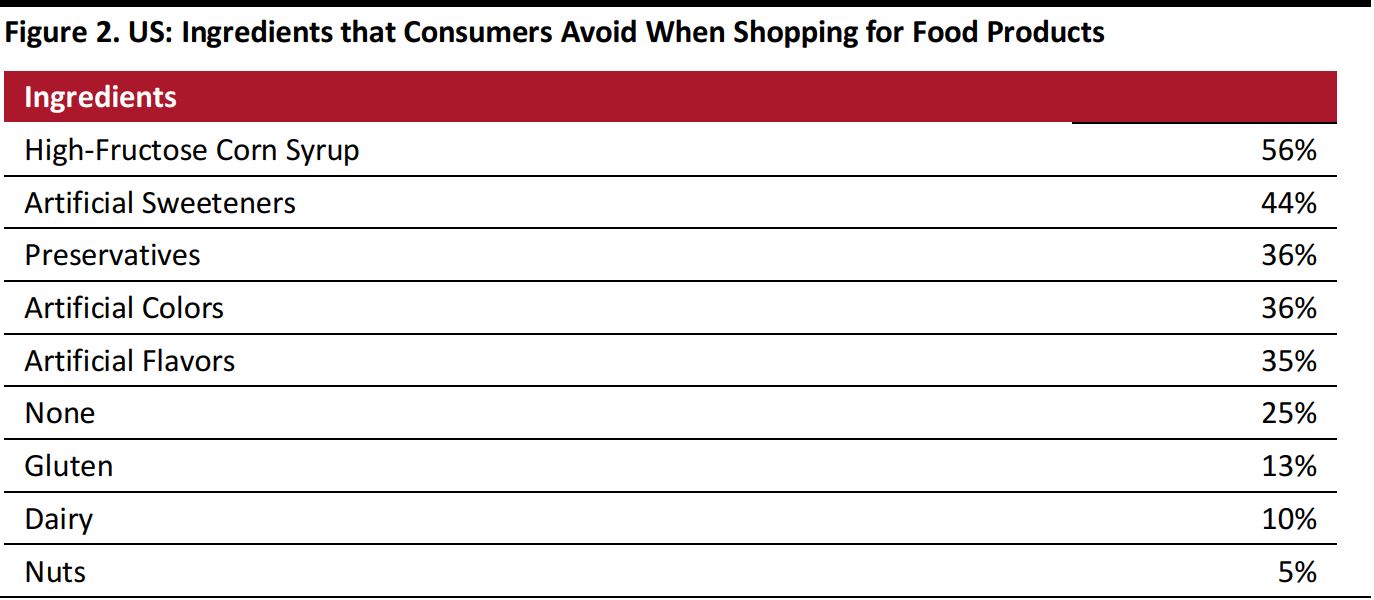 Base: 1,003 consumers who have a shared or primary responsibility for household or shopping purchases, surveyed in March 2017
Source: Label Insight, 2017 Shopper Trends Survey
Base: 1,003 consumers who have a shared or primary responsibility for household or shopping purchases, surveyed in March 2017
Source: Label Insight, 2017 Shopper Trends Survey
Consumers also appear to be increasingly educated about their food choices. The Label Insight survey found that 45% of respondents’ food purchases are influenced by labels that describe products as organic, while 43% are influenced by those labeled natural, 38% by those labeled free of artificial colors and 37% by those labeled free of artificial flavors.
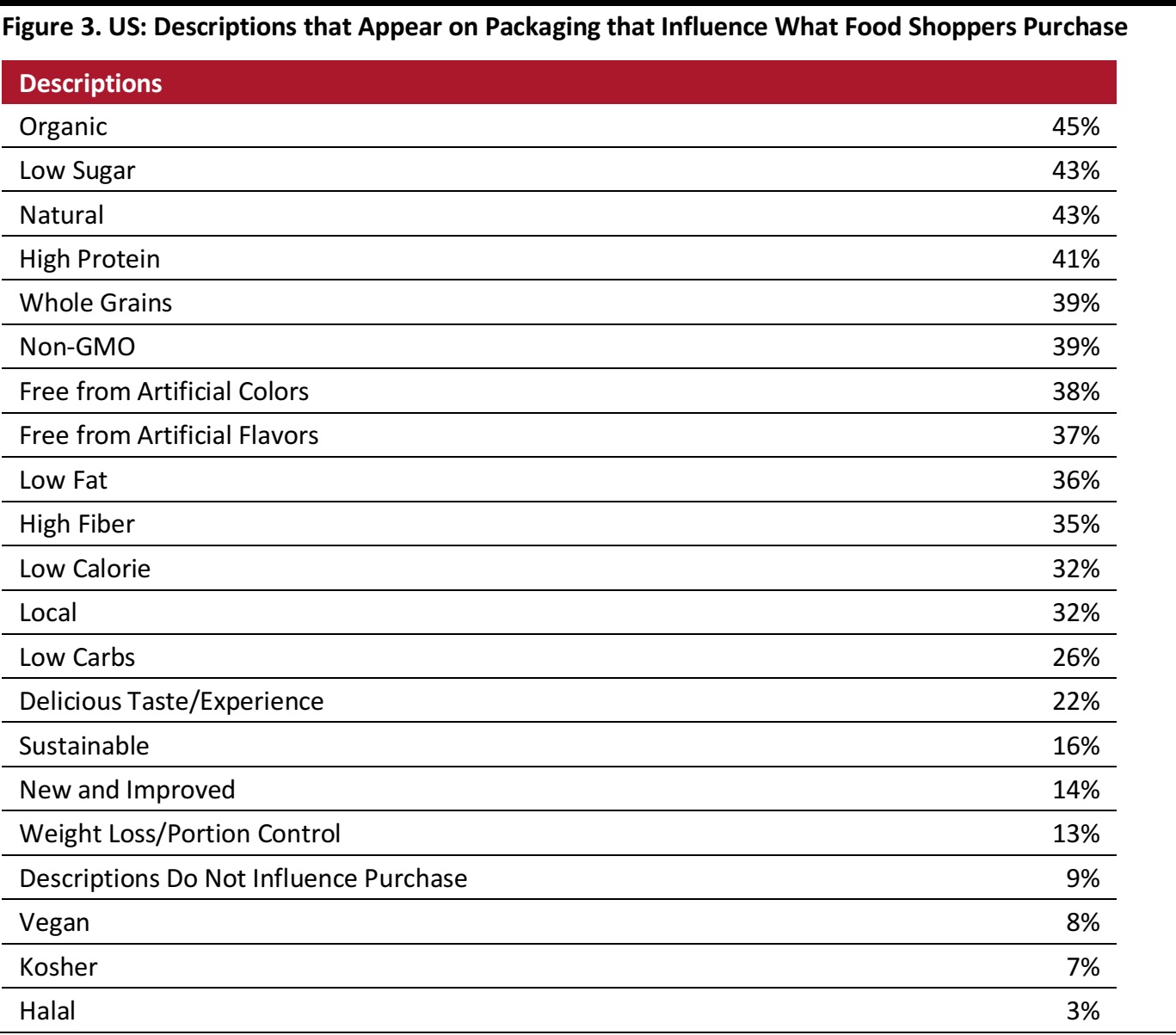 Base: 1,003 consumers who have a shared or primary responsibility for household or shopping purchases, surveyed in March 2017
Source: Label Insight, 2017 Shopper Trends Survey
Base: 1,003 consumers who have a shared or primary responsibility for household or shopping purchases, surveyed in March 2017
Source: Label Insight, 2017 Shopper Trends Survey
As consumers become more educated about ingredients overall, they are starting to think about how ingredients impact their bodies, including their skin, the body’s largest organ. Many are focusing not only on what they put on their skin, but also on how what they eat affects their skin. This has resulted in a “less is more” approach to beauty for many, and consumers are taking a more critical look at the ingredients in skincare, cosmetics and haircare products to gauge both their potential benefits and their unwanted side effects. As shown in the graph below, consumers globally are seeking beauty products with “free from” claims, but there is a more significant gap in developing markets, where demand for such products is not being met as fully. Those markets present a lucrative opportunity for brands and retailers offering products that are free of unwanted ingredients.
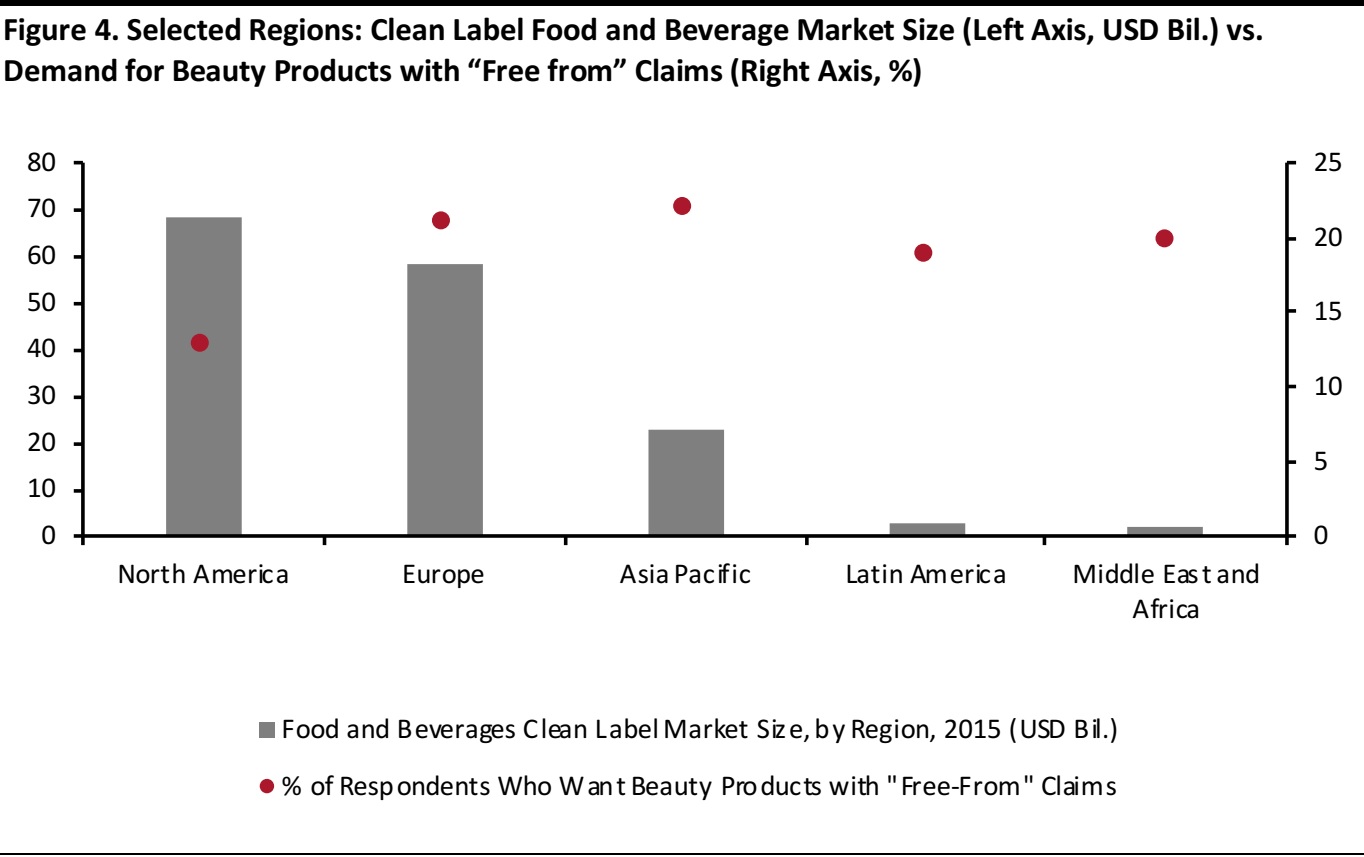 Base: Online panelists aged 15-75 in 20 markets: Australia, Brazil, Chile, Columbia, France, Germany, India, Indonesia, Italy, Japan, Mexico, Middle East, Nigeria (2015 only), Poland, Russia, South Africa, South Korea, Thailand, Turkey, the UK, and the US. A minimum of 1,000 responses were used from each country; panelists were invited to respond between May and June 2015 and in 2016.
Source: Euromonitor International, The Broadening Meaning of Green Beauty, March 2017
Base: Online panelists aged 15-75 in 20 markets: Australia, Brazil, Chile, Columbia, France, Germany, India, Indonesia, Italy, Japan, Mexico, Middle East, Nigeria (2015 only), Poland, Russia, South Africa, South Korea, Thailand, Turkey, the UK, and the US. A minimum of 1,000 responses were used from each country; panelists were invited to respond between May and June 2015 and in 2016.
Source: Euromonitor International, The Broadening Meaning of Green Beauty, March 2017
How big is the global clean beauty market?
According to Persistence Market Research, the global natural and organic beauty market is expected to nearly double in size from 2016 to 2024, from $11 billion to $21.8 billion. Products carrying natural claims represented 3.1% of the US personal care market in 2017 and generated $1.3 billion in sales, according to Nielsen. In 2013, such products represented 2.1% of the US personal care market and generated$230 million in sales. There is a significant growth opportunity for brands and retailers that can meet demand for products with natural ingredients and no unwanted substances. According to Euromonitor International research published in the third quarter of 2018, nearly 25% of US consumers are seeking skincare products with all natural ingredients, while 17% desire “cruelty free and/or vegan” products, 17% “fragrance free” products, and 16% products with “free from” claims.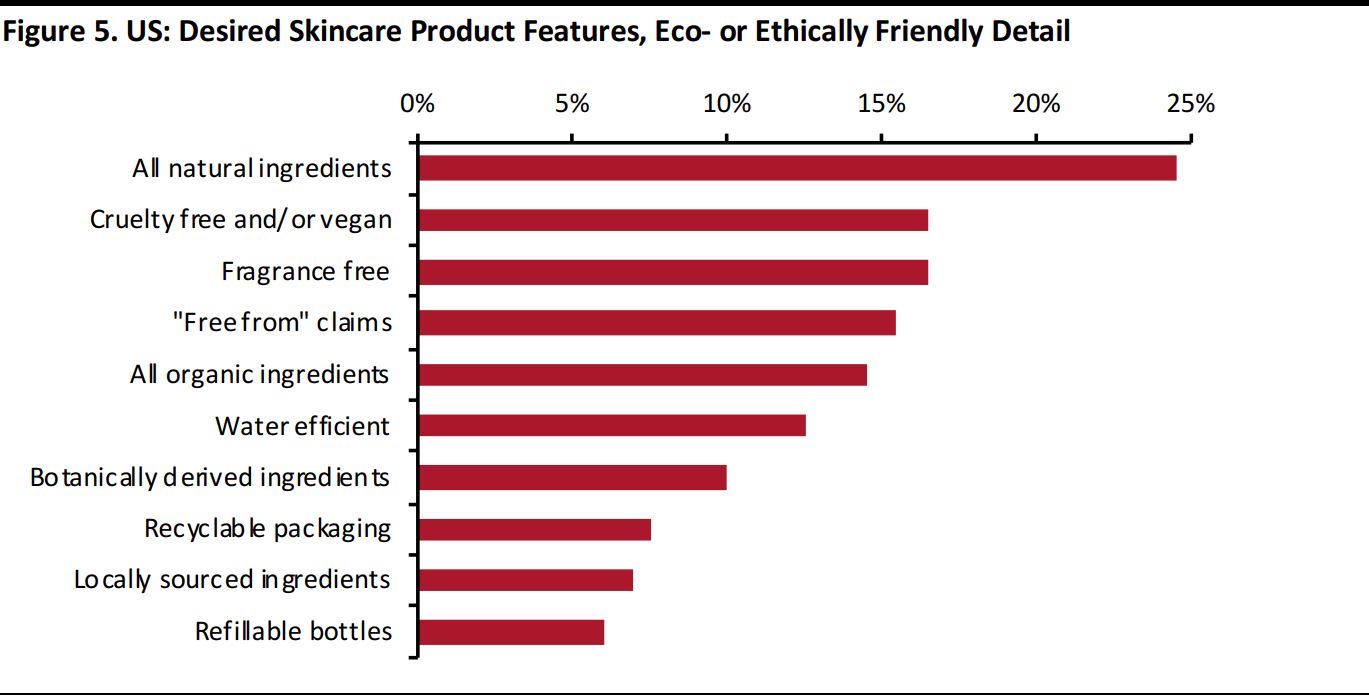 Base: Online panelists aged 15-70 years old in 20 emerging and developed markets; over 20,000 online panelist participate in the Beauty Survey annually. In 2018, 70% of respondents in each country were female and 30% were male.
Source: Euromonitor International, Beauty and Personal Care: Quarterly Statement Q3 2018
Base: Online panelists aged 15-70 years old in 20 emerging and developed markets; over 20,000 online panelist participate in the Beauty Survey annually. In 2018, 70% of respondents in each country were female and 30% were male.
Source: Euromonitor International, Beauty and Personal Care: Quarterly Statement Q3 2018
The removal of parabens from products has been a hot topic in the clean beauty world. Parabens were introduced into beauty products as a preservative in the 1950s, and many are questioning their effects on human health. Today, more than half of sales in some beauty categories come from paraben-free products, according to Nielsen’s The Future of Beauty report. This presents an opportunity for brands and retailers: the category continues to grow as consumers become more educated globally and distribution channels widen.
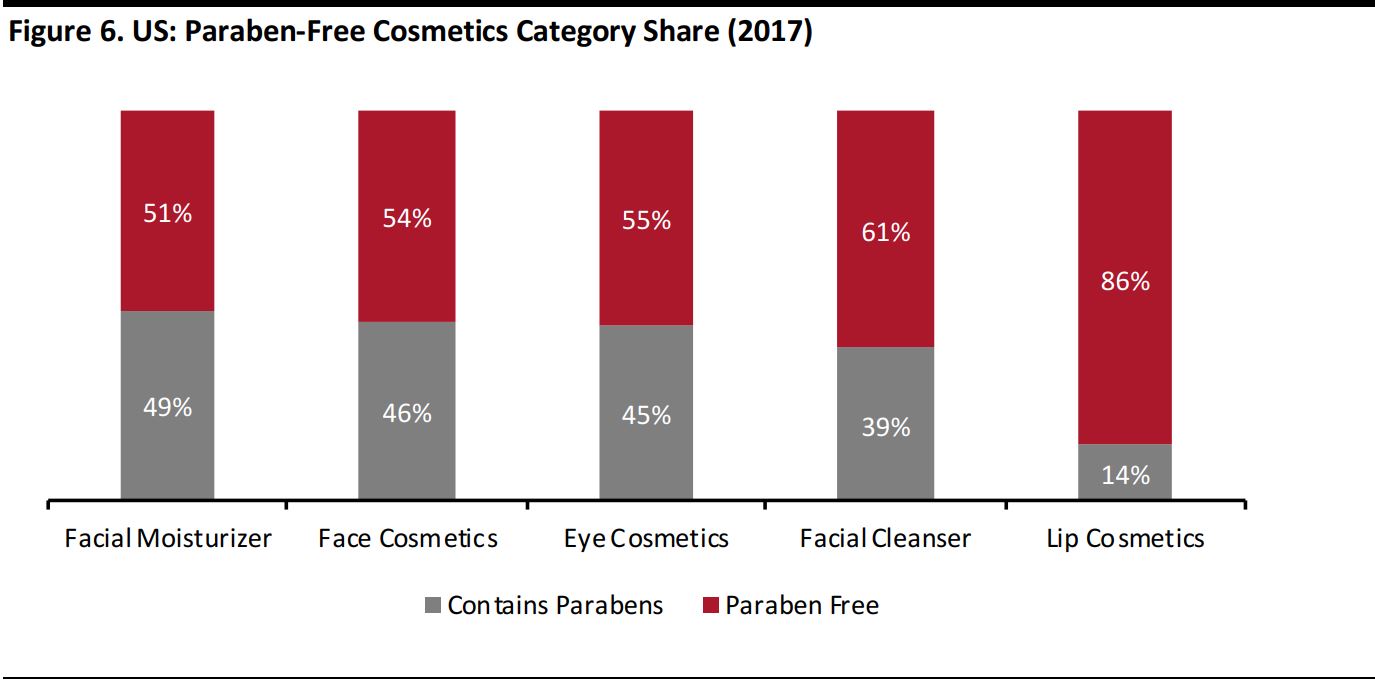 Source: Nielsen, The Future of Beauty (2018)
Source: Nielsen, The Future of Beauty (2018)
Which clean beauty brands and retailers should you know?
Beauty brands and retailers of all sizes are offering products that are free of unwanted ingredients and providing more transparency overall, as consumers are looking not just at ingredients, but also at companies’ backgrounds, missions and values. Below, we discuss five names in the clean beauty space that you should know about: Sephora, Credo Beauty, Violet Grey, Ren and RMS Beauty. In June 2018, Sephora launched Clean at Sephora with more than 50 brands and 2,000 clean and natural products. The company denotes clean beauty items with a green seal of approval. Sephora’s Chief Merchandising Officer, Artemis Patrick, said in a release prior to the launch, “Through research and insights, Sephora uncovered that more than 60% of women read beauty product labels prior to purchase, and that 54% claim it’s important for their skincare products to have a POV on clean.” Clean at Sephora stickers help customers easily identify more than 2,000 clean and natural beauty products offered by the company.
Source: Sephora
Clean at Sephora stickers help customers easily identify more than 2,000 clean and natural beauty products offered by the company.
Source: Sephora
One company that is synonymous with clean beauty is Credo Beauty. The company operates eight physical stores in the US and an online marketplace, where a “Clean Beauty Expert” is available to chat with customers as they shop the website. The site defines “The Credo Clean Standard” for shoppers and identifies “Ingredients We Never Allow (Our Dirty List).” Credo Beauty states that its products are authentic, cruelty-free and not tested on animals.

Source: CredoBeauty.com
Violet Grey is an e-commerce website focused on beauty, skincare and wellness that serves as “The Industry’s Beauty Edit.” To find the best products and answers to a variety of beauty questions, the company constructed a team of insider experts and editors to test products and curate those that perform best. The clean beauty section of the site is dedicated to brands whose products the company deems effective and clean.
